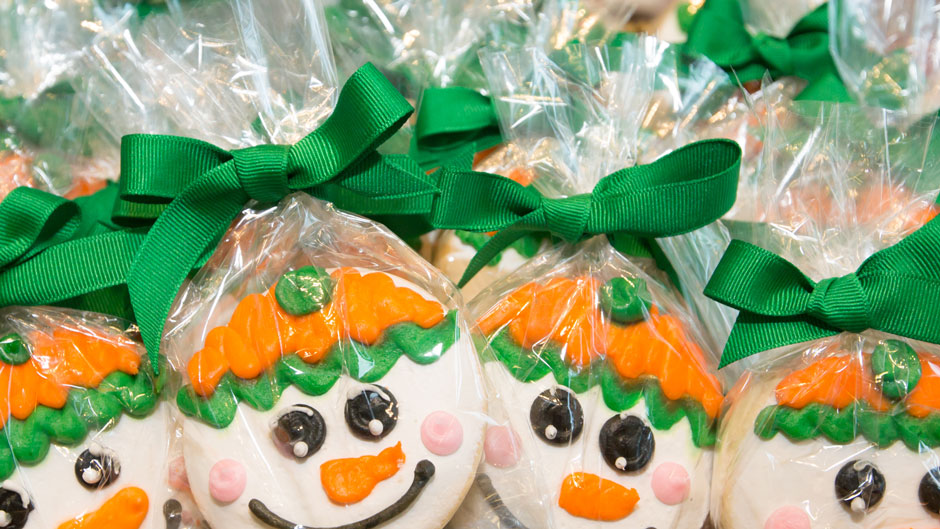The holidays can be stressful. With celebrations to attend, meals to prepare and gifts to buy, the extra excitement can add pressure on parents and families. Additionally, for children on the autism spectrum, the heightened hustle and bustle of the holiday season can cause sensory overload.
 During the holidays, children with Autism Spectrum Disorders (ASD) are often introduced to new toys, play settings and outside stimuli; all of which can introduce new anxieties. According to Melissa Hale, an Autism expert at the University of Miami and Associate Director at the University of Miami–Nova Southeastern Center for Autism Related Disabilities (UM-NSU CARD), there are slight adjustments and considerations that parents and families can make when selecting toys to help ease distress, increase enjoyment and promote social interaction during the holiday season.
During the holidays, children with Autism Spectrum Disorders (ASD) are often introduced to new toys, play settings and outside stimuli; all of which can introduce new anxieties. According to Melissa Hale, an Autism expert at the University of Miami and Associate Director at the University of Miami–Nova Southeastern Center for Autism Related Disabilities (UM-NSU CARD), there are slight adjustments and considerations that parents and families can make when selecting toys to help ease distress, increase enjoyment and promote social interaction during the holiday season.
“Some children with autism experience heightened enjoyment from certain sensory experiences such as lights, sounds and touch,” said Hale. “For those children, toys that have a sensory component may foster sustained interest and engagement, and can also be soothing.”
According to Hale, when selecting toys, parents and families should consider the specific interests of the child, such as familiar characters or items that they typically enjoy. Introducing simple pretend play toys—such as pretend food and tools--can encourage creativity and imagination through play.
“When engaging in play with children on the spectrum, parents and families can support social interaction by following the child’s lead in play,” said Hale. “Once the child selects his/her toy of choice, playfully join-in by mimicking the child’s play actions, and sharing your enjoyment (e.g., laughing, smiling, offering praise).”
For many families, the holidays introduce new options for play experiences that may include relatives, siblings and guests. Hale suggests taking advantage of these opportunities by encouraging everyone to interact and play together.
“Demonstrating and describing appropriate play is helpful for children with ASD when they are engaging with others. For group play situations, such as family games or interacting with children not on the spectrum, simple rule following and turn-taking games like go-fish or memory can create structure and synergy for group,” said Hale. “Most importantly, playing with toys and games should be fun and stimulating.”

